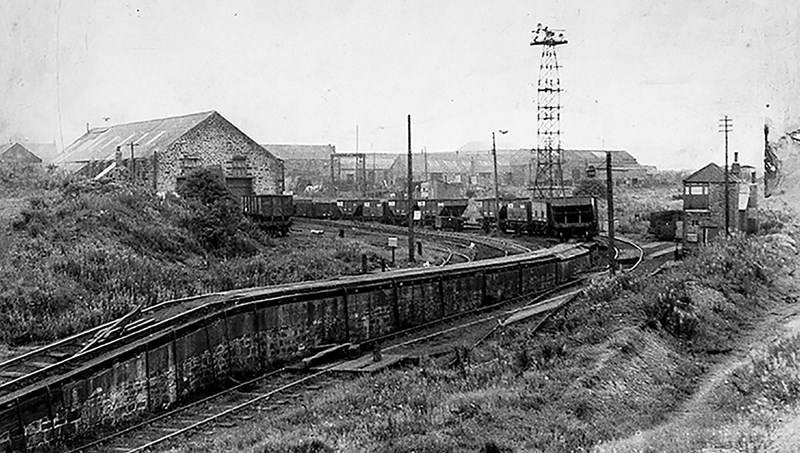
ABOUT US
Bowes Railway
Bowes Railway Co, first known as Springwell colliery and railway was built to carry coal from Springwell and other pits in north west Durham to the Tyne at Jarrow. The earliest section was designed by George Stephenson and opened on 17 January 1826, making it one of the world’s first modern railways. It was 15 miles long when completed in 1855. Each end was locomotive worked; the six mile middle section consisting of rope worked inclines with very steep gradients.
At its peak, the Railway handled over 1 million tons of coal per year and remained virtually intact until 1968. Between 1968 and 1974, most of the line was closed until only the last 3.5 miles between Monkton and Jarrow staithes were operated by the National Coal Board. However, the original 1826 section between the Black Fell bank head and Springwell bank head was acquired for preservation in 1976 by Tyne and Wear County Council. This included Blackham’s Hill West and East inclines, which had been operated by a stationary haulage engine, thought to be the only preserved standard gauge rope hauled railway in the world. In 1977, the main Bowes Railway site and collection were added to the preservation scheme.
In 2017 Bowes Railway was awarded Accredited Museum status.
For more information on Bowes Railway's interesting past, check out the history page under the 'EXPLORE' section.
ABOUT US
Prices and Opening Hours
PRE BOOKING ONLY - subject to availability
Adults aged 16+ Daily Charge: £5.00
Children aged 5+ Daily Charge: £3.00
OPENING TIMES:
Tuesday 10.00am TOUR or 1.00pm TOUR
Thursday 10.00am TOUR or 1.00pm TOUR
All site visits must be pre-booked and will last for approximately 90 minutes.
For group bookings or school visits please complete our request form.
ABOUT US
Access Provision
Although most of the site is accessible for wheelchair users, it is inevitable with a preserved industrial railway that the crossing of track and negotiating different ground levels in parts of the site is going to be extremely difficult. Our staff and volunteers our on site to help you, please ask if you need assistance or contact us before making your journey to discuss your access requirements.
Loading...
